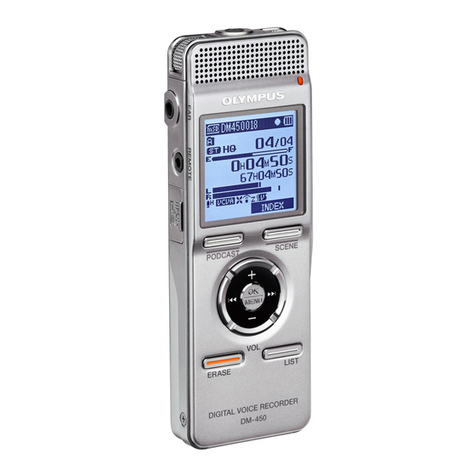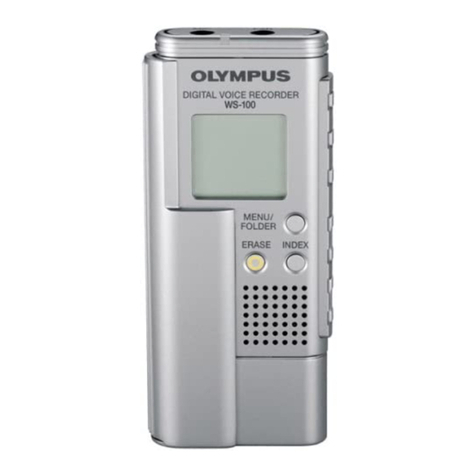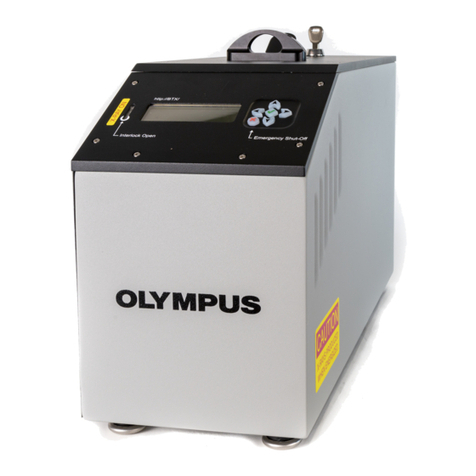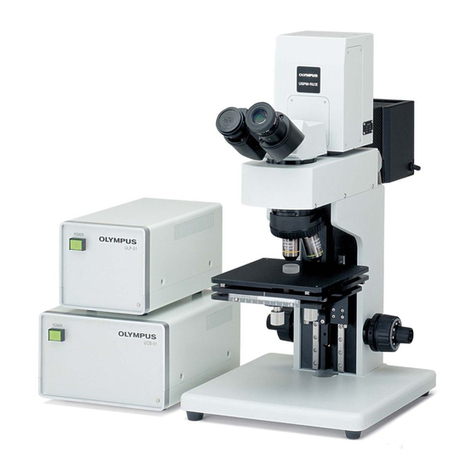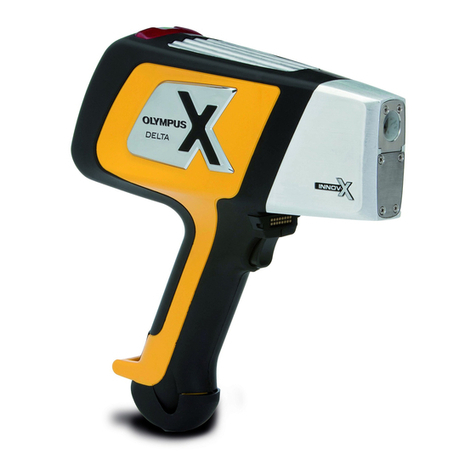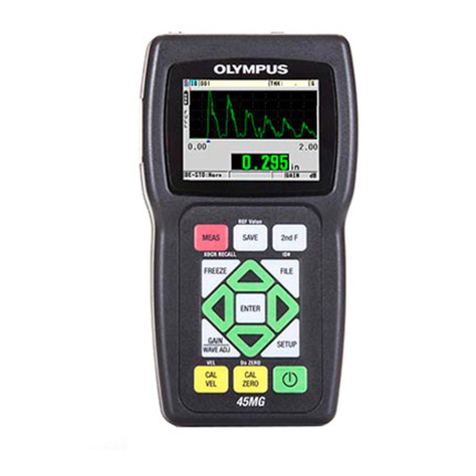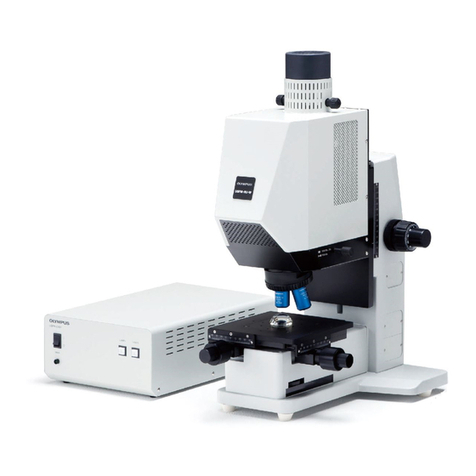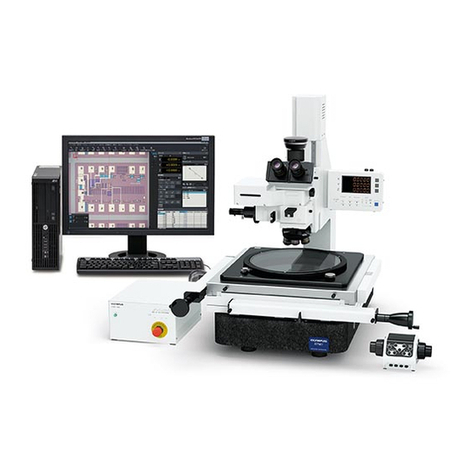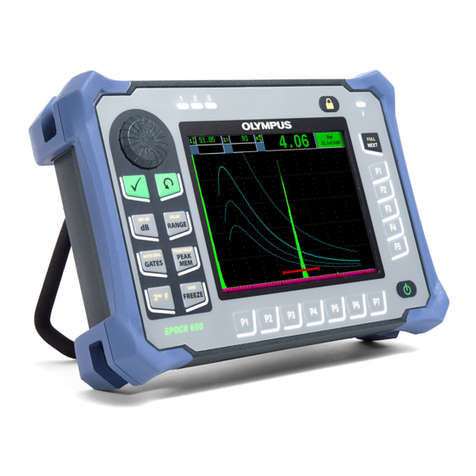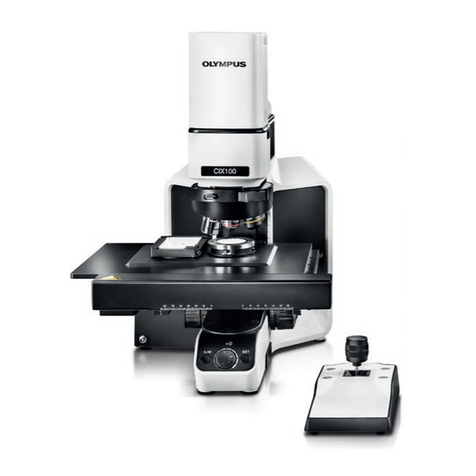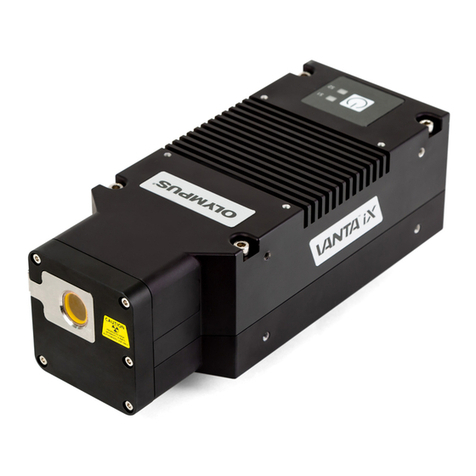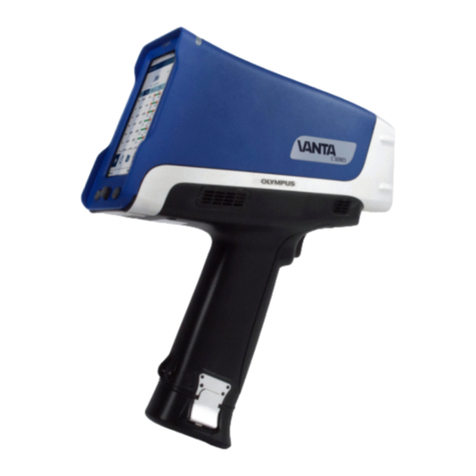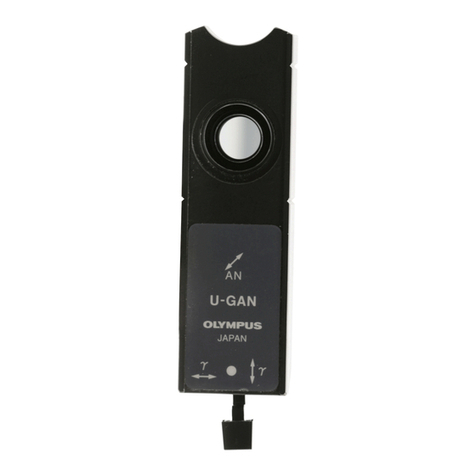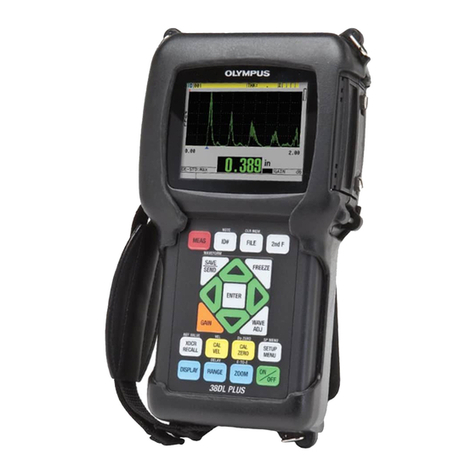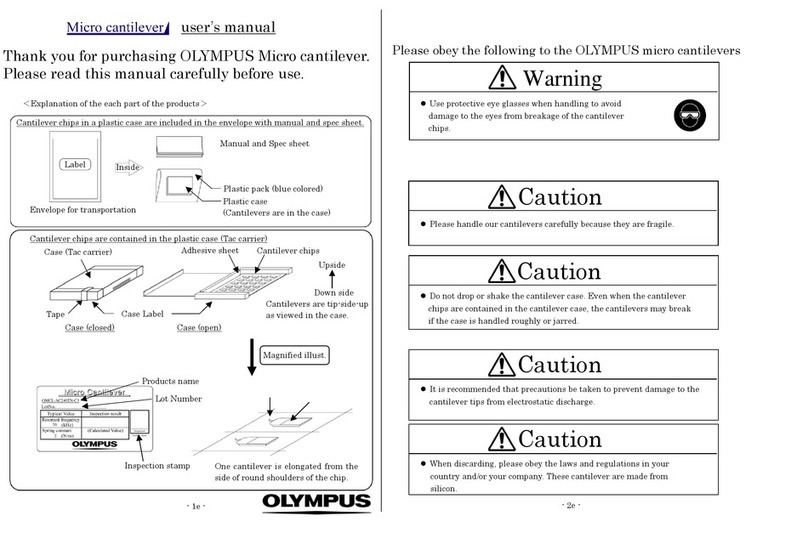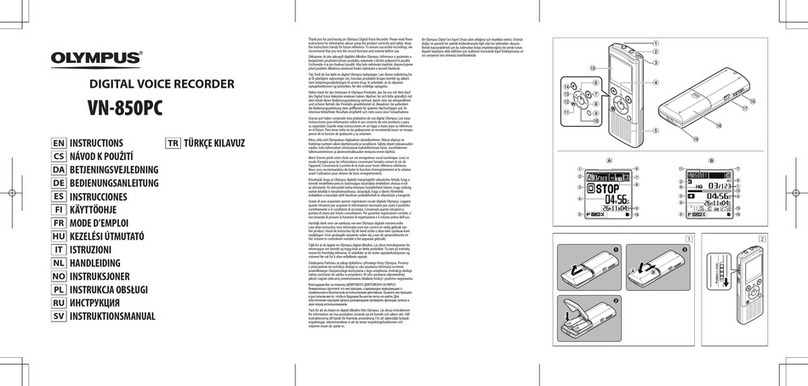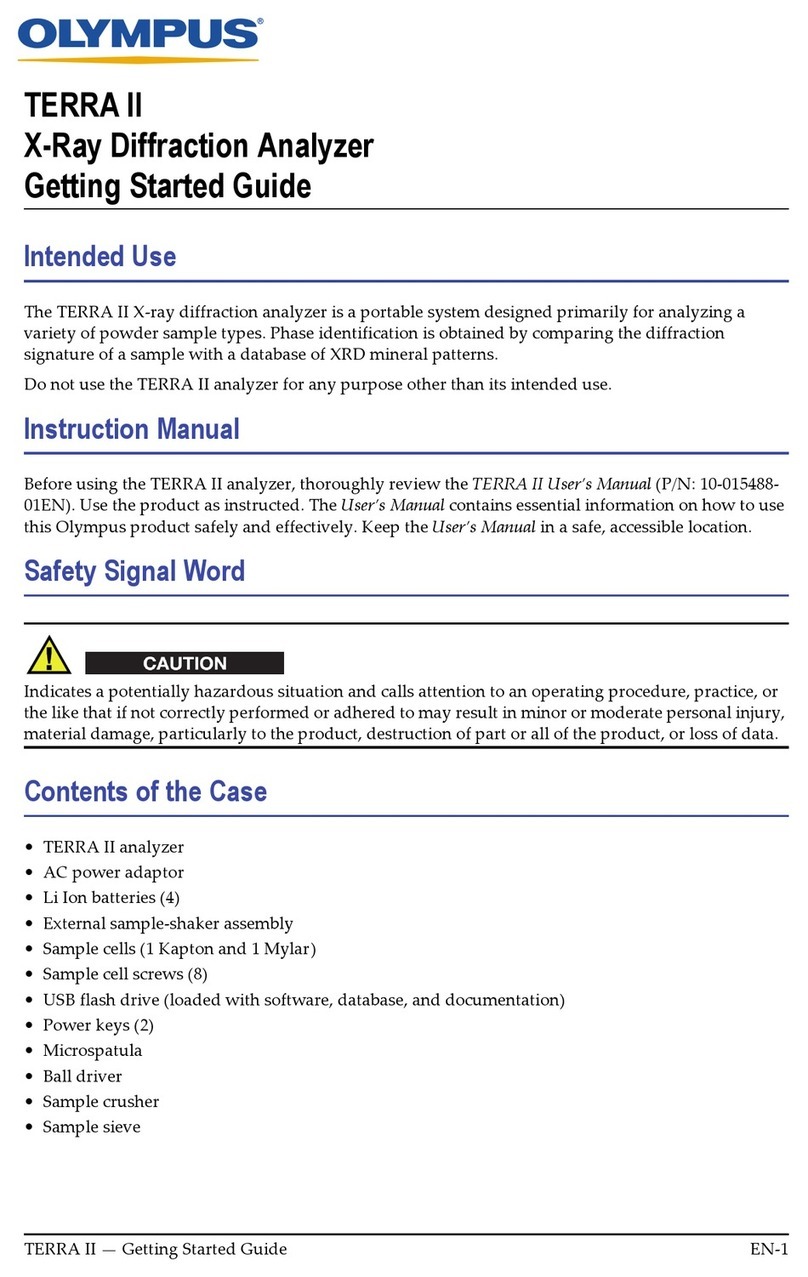
Special feature of OLYMPUS Micro cantilever
(OMCL-AC240TS-C3)
- 3e -
1 Preparation
1) Please prepare the followings before using OLYMPUS cantilevers.
2) To gain a better understanding of how cantilevers and chips are connected, cantilevers
1. AC mode cantilever – This type of micro cantilever is for AC (dynamic) mode AFM operation.
High mechanical Q factor of the cantilevers allows you high sensitivity measurement to
should be inspected under the microscope.
1) Work environment
:Clean bench
probe your sample surface gently.
3. Tip View – The tip is located on the very end of the cantilever.
(Use of an electrical charge neutralizer of ionizer is recommended.)
- 4e -
This feature allows you to set the tip over a point of interest on the sample, easily and
precisely, if you use an AFM combined with an optical microscope.
4. Point terminated tip – The tip radius is typically 7nm.
A sharpened tetrahedral tip of single crystal silicon is employed for high-resolution
measurements. The tetrahedral shape is ideal for achieving a point terminated tip. In
addition to the geometrical dimensions of the tip, the tip is further sharpened with our
exclusive sharpening process.
5. Symmetric tip – The tetrahedral tip is thin with the macroscopic tip angle of 35 degrees
viewing from both its front and side. Tip shows good symmetry in viewing along the
cantilever axis (see Chapter 5).
Symmetric shape tip results AFM images less distortion which reduce misinterpret of
the data.
6. Reflex coating cantilever – Aluminum is coated onto the back side of the cantilevers for
optical deflection sensing.
Good S/N signal can be expected in the optical sensor circuit.
2. Pre-separated chip – Each cantilever chips is isolated in the case. 2) For hazard avoidance
The chips can be attached to the AFM instrument as soon as the case is open.
7. Compatible chip – The thickness of the chip (substrate) is 0.3mm.
This type of the chip can be attached to most of AFM instruments.
3) For cantilever treatment
:Protective eye glasses
:Tweezers
4) For inspection
2 Open the case
(Use of anti-electrostatic discharge mat and a wrist band is
recommended.)
Table of contents
1 Preparation 4e
2 Open the case
3 Picking up the cantilever chip
4 Tip shape of Tetrahedral tip
5 Information
7
6
8 Specification 1s
page
Please handle our cantilevers carefully because they are fragile.
Caution
It is recommended that precautions be taken to prevent damage to the
cantilever tips from electrostatic discharge.
:Stereo microscope
Caution
1) It is recommended that the cantilever case be opened in a clean environment like a clean bench
in order to avoid the cantilever being contaminated. Handling under an ionizer is recommended.
2) Avoid wearing clothes like woolen sweaters, fleece etc that give off the static electricity when
handling the cantilever cases and chips. Use of an anti-electrostatic mat and wrist band is
See the specification sheet of OLYMPUS Micro cantilevers at the last page of this manual.
4e
4e
preferable.
3) In opening the case, put the plastic case label-side down on a desk.
The cantilevers are tip-side-up as viewed in the case.
4) Open the case
3 Picking up the cantilever chip from the case
5e
Avoid any contact with the cantilevers when you pull up the
cantilever tip from the case.
Caution
1) Pick up the chip by the long side with the tweezers and mount it in the AFM.
6e
